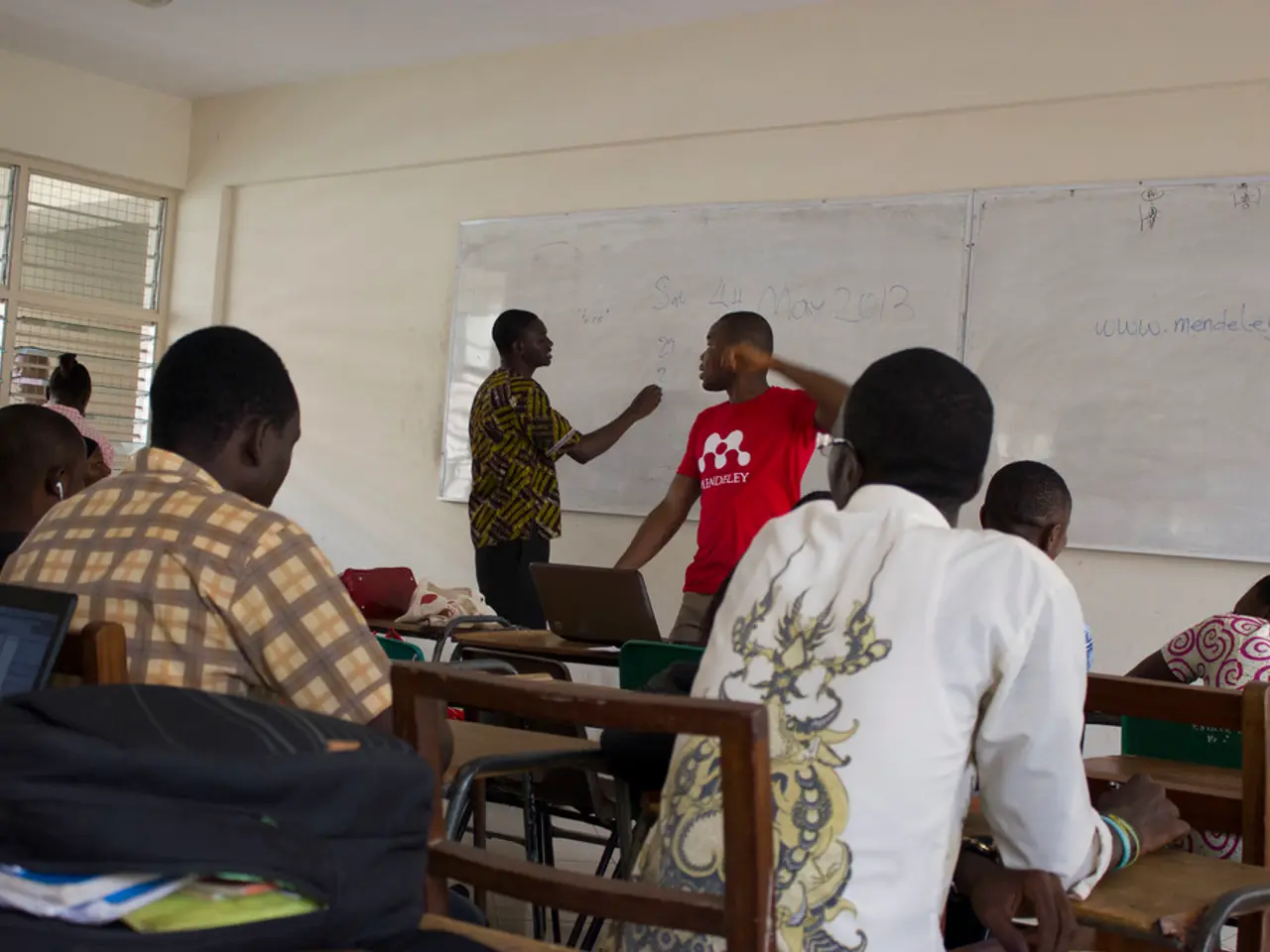Annual double board exams for Class 10 students by the Central Board of Secondary Education (CBSE) will commence from the year 2026.
Starting from 2026, the Central Board of Secondary Education (CBSE) will implement a revamped Class 10 board exam structure. This new system, designed to encourage conceptual understanding and applied knowledge, offers several key features to better align with the National Education Policy 2020's emphasis on competency-based education.
One of the most significant changes is the introduction of two attempts per year for Class 10 students. The first exam will be mandatory and scheduled in February, while the second, optional, will take place in April or May. This structure allows students to improve their results without the need for repeating the year.
Most main subjects, such as Mathematics, Science, and Social Science, will have a total of 100 marks each, with 80 marks allocated to the theory written exam and the remaining 20 marks for internal assessments, covering projects, practicals, and periodic tests. Elective subjects will have varying marks distributions but will also sum to 100 marks per subject.
The overall marks will be composed of 60% from the board exams and 40% from internal assessments. Passing criteria require a minimum of 33% overall in each subject, combining theory and internal assessments.
The new exam pattern will focus heavily on competency-based learning, with up to 50% of questions being objective-type, including multiple-choice questions (MCQs), case-based, and source-based questions. Long descriptive questions will be reduced to about 30% of the total, emphasising understanding over memorisation.
To provide more flexible and nuanced student assessment, a 9-point grading system will be introduced. Additionally, digital, AI-supported on-screen marking will be used for faster and fairer evaluation processes.
Notably, sports students can appear in the second phase of examination if national or state-level events clash with their subject of examination. Children with Special Needs (CWSN) will receive full exam accommodations in both sessions. Filling the List of Candidates (LOC) and appearing in the Main/First examination will be compulsory.
Students who do not pass the Main examination can still take provisional admission in Class XI. Photocopy, verification, and re-evaluation facilities will be available only after the results of the Second examination are declared. The final passing certificate and merit certificate will be given to all students only after the results of the Second examination are declared.
It is worth mentioning that if a student misses three or more subjects in the first phase, they will have to reappear in the following year. The results for these two examinations will be announced in April and June, respectively.
In summary, the new CBSE Class 10 exam system aims to reduce exam stress, encourage conceptual understanding and applied knowledge, and offers two chances annually to improve scores while combining board exam marks with continuous internal assessments for a holistic evaluation.
- The revamped CBSE Class 10 board exam structure, in alignment with the National Education Policy 2020, promotes education-and-self-development by offering students two opportunities per year to improve their results without repeating the year.
- In the new system, subjects like Mathematics, Science, and Social Science will be evaluated based on a mix of 80 marks from written exams and 20 marks from internal assessments, which include projects, practicals, and periodic tests.
- The policy-and-legislation of the new exam pattern stresses competency-based learning, with up to 50% of questions being objective-type and only 30% being long descriptive, thereby emphasizing understanding over memorization.
- General-news regarding the new system includes the introduction of a 9-point grading system and digital, AI-supported on-screen marking for fairer and quicker evaluations, as well as accommodations for sports students and Children with Special Needs (CWSN).




